Northern Central
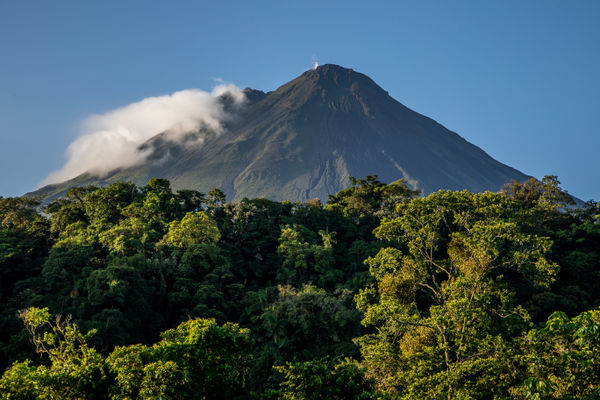
Includes the majestic Arenal Volcano as well as the beautiful cloud forests of the Monteverde region. A popular destination for its array of wildlife and birdlife in the rainforests of Arenal, natural hotsprings and views of the volcano. Active adventures are plentiful in the region including kayaking and stand up paddleboarding on Lake Arenal, river floats, white water rafting, ziplining and canopy tours.
The parks, reserves and eco-lodges of the Monteverde region offer a chance to get back to nature, and stroll through the misty cloud forests dripping with epiphytes and moss and catching glimpses of the many species of hummingbirds. A guide is always recommended to view the most birds and wildlife, particularly if you want to spot the elusive Resplendent Quetzal or Three-Wattled Bellbird.
Northern Pacific
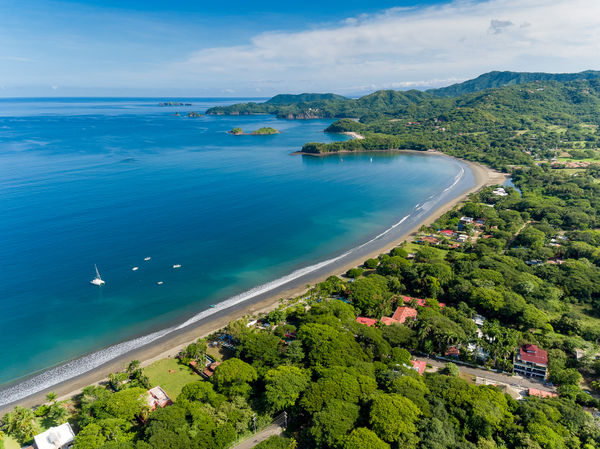
The Guanacaste region is dry and sunny and has tropical dry forest with plenty of wildlife and birdlife. Due to its sunny climate and beaches, it is one of the most popular destinations for visitors with a range of hotel options from smaller guest houses and boutique hotels to large all inclusive options with many facilities and amenities.
Tamarindo is more developed for tourism and offers beach relaxation, good choices of accommodation, excellent surfing and nightlife. Along the Nicoya peninsula are wild beaches, and the chic surf towns of Santa Teresa and Malpais offering smaller hotels.
Central Valley and Highlands
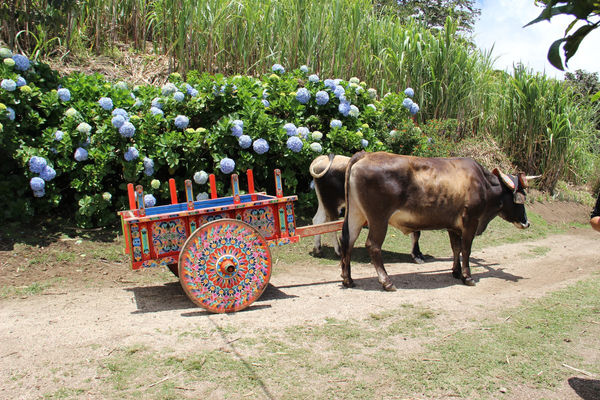
The central valley is a fertile region surrounded by volcanoes including Poas Volcano which is still active and can be visited. The region is known for its painted oxcarts and coffee fincas (plantations) and is dotted with picturesque highland villages with winding moutain roads and several excellent eco-lodges that offer activities and birdwatching in the beautiful cloud forests. This region has a pleasant year round temperature of 24°C and being close to San Jose International Airport makes it ideal to explore at the beginning or end of a trip.
Central and Southern Pacific Coast
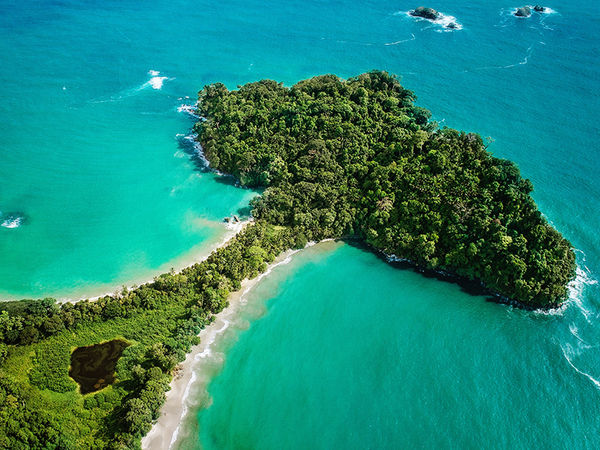
The Central Pacific coast offers national parks, rainforest, spectacular beaches, excellent surfing and the opportunity to view migrating Humpback whales at certain time of the year. Manuel Antonio is one of the smaller National Parks but with a great concentration of wildlife and stunning beaches makes this a popular choice for visitors and the park can get crowded in high season. However, the ability to see sloths, monkeys, agoutis and combine this wildlife spotting with a dip in the ocean, makes this a popular choice.
The beach towns of Jaco and Dominical offer surfing from expert waves at Jaco to expert instruction at Dominical. Humpback whales can be spotted in the Ballena Marine Park from the town of Uvita along the coast to the Golfo Dulce. Inland at higher altitude is the Parque Nacional Los Quetzales which offers beautiful landscapes, cloud and rainforest and habitat for the Resplendent Quetzal.
The Osa Peninsula is the jewel of the southern coast offering swathes of primary rainforest, the protected Corcovado National Park and the Golfo Dulce.
Caribbean Coast
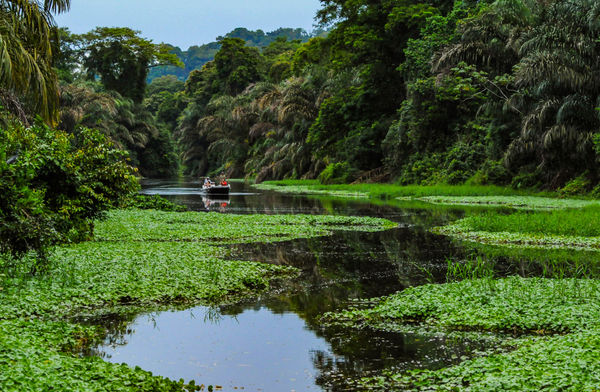
In the north Tortuguero offers hot and humid tropical rainforest and wetlands on the northern Caribbean coast that are only accessible by boat or small plane and offer the visitor a wildlife rich and picturesque landscape to explore. During the months of July to October you can visit the Caribbean beach at night and witness Green Turtle laying its eggs.
The southern Caribbean has wild, jungle backed beautiful beaches and an abundance of wildlife and birds to enjoy. Increased rainfall in this region ensures lush rainforest and tours can include visiting Cahuita National Park and Manzanillo Wildlife Refuge, the sloth sanctuary, surfing or snorkelling in the Caribbean or visiting the indigenous villages of the Bribri tribes.
Inland the Caribbean lowlands receive year round rainfall and its protected primary and secondary rainforest reserves have great biodiversity including the Great Green Macaw, Keel Billed Toucan and the Blue Jeans Poison Dart Frog. The Selva Biological Research Station can be visited here and is a must for any naturalist. The beautiful Sarapiqui River has white water rafting and more gentle boat trips to see an alternative side of the forest.




Registered Office: Naturally Travels Limited, Bridge House, 11 Creek Road, East Molesey, KT8 9BE, Registered No. 06205924


